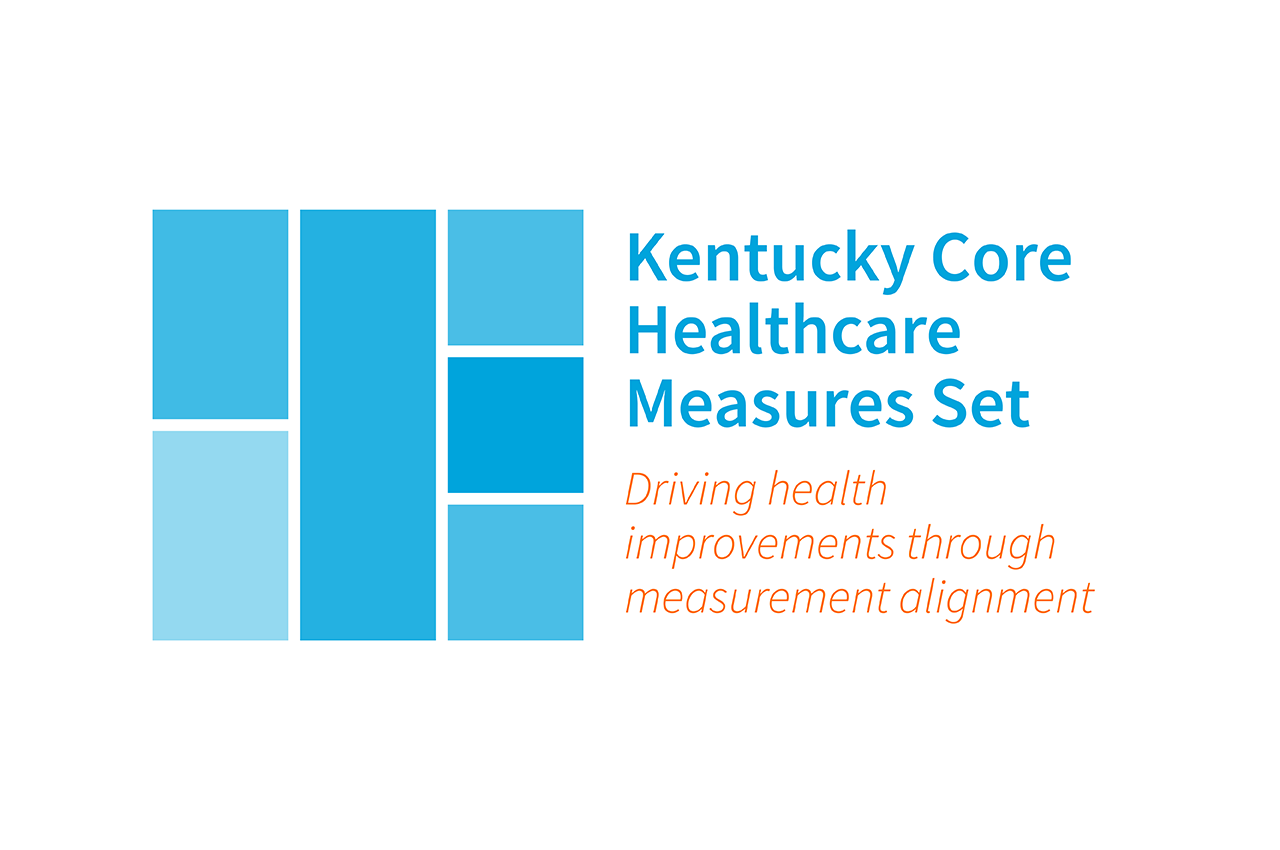After a spring of deliberations by committees, the Kentucky Core Healthcare Measures Set (KCHMS) 2021 update has been finalized, increasing the number of core measures from 38 to 42.
The final vote resulted in the removal of one measure, addition of six measures, and a handful of changes in “standard” “high” priority designations. Measures added include adult access to health services, opioid prescribing, total cost of care, mental health utilization, incidental finding follow up from imaging, and chronic disease complications. A measure related to diabetes foot exams has been removed.
This year’s update ensures that the measures on the core measures set are current, relevant, and sound. The KCHMS Committee and its subcommittees have spent the last months reviewing the current measures set, examining potential measures for addition, and confirming or questioning the current measures’ relevance.
The core measures set was developed and released through a public-private partnership with the goal of creating a core measures set for Kentucky stakeholders to align to. The core measures set is focused in the areas of prevention, pediatrics, chronic and acute care management, behavioral health, and cost/utilization.
Increased focus on equity, lung cancer screening, mental health
The last year has brought to light important issues such as healthcare equity and mental health. This year’s committee meetings and decisions reflect a focus on these issues. Mental health-related measures were brought up by every committee, not just the Behavioral Health Subcommittee, and Mental Health Utilization was one of the six measures added to the set.
Although equity isn’t as readily apparent in the list of updates, equity discussions were built in to every measure deliberation. The subcommittees added to their evaluation criteria an equity criteria to ensure that measures with known gaps of care for marginalized communities were properly represented.
It’s been fun to see the transformation since the first measures set was developed beginning in 2017. While the conversations have always been insightful, this year’s deliberations were some of the most nuanced and deep than we’ve ever had. Kentucky’s healthcare community has led the way in measure prioritization and alignment, and I look forward to the future of the KCHMS and its impact on improving healthcare value and equity in the Commonwealth of Kentucky.





